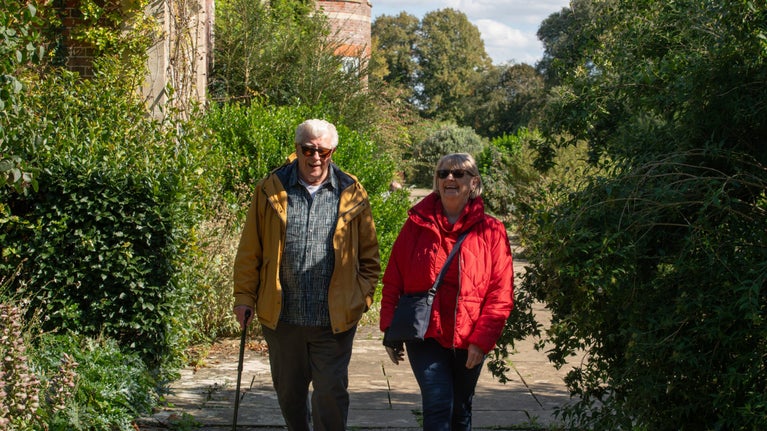
Become a member
Join today and help protect nature, beauty and history – for everyone, for ever. Enjoy access to more than 500 places with National Trust membership.
An 18th-century estate for all seasons with 200 acres of parkland and Regency Mansion
Atcham, Shrewsbury, Shropshire, SY4 4TP
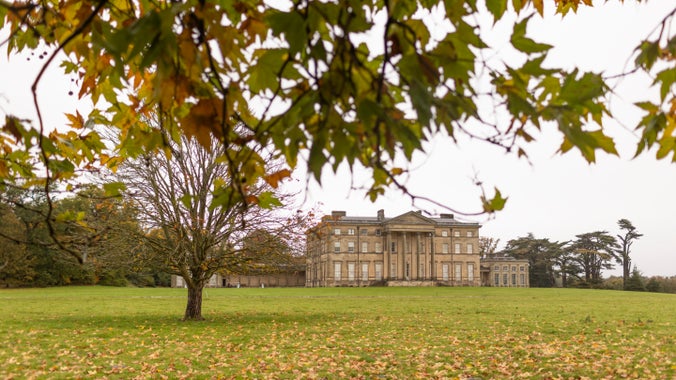
| Asset | Opening time |
|---|---|
| Mansion ground floor | 11:00 - 16:00 |
| Mansion basement | 11:00 - 16:00 |
| Stables Kitchen | 09:00 - 16:30 |
| Park | 08:00 - 18:00 |
| Playground | 08:00 - 18:00 |
| Shop | 10:00 - 17:00 |
| Walled garden | 09:00 - 17:00 |
| Ticket type | With Gift Aid | Without Gift Aid |
|---|---|---|
| Adult (18+) | £12.10 | £11.00 |
| Child (5-17) under 5s free | £6.05 | £5.50 |
| Family (2 Adults and up to 3 children) | £30.25 | £27.50 |
| 1 adult, 3 children | £18.15 | £16.50 |
| Ticket type | With Gift Aid | Without Gift Aid |
|---|---|---|
| Adult (18+) | £18.70 | £17.00 |
| Child (5-17) under 5s free | £9.35 | £8.50 |
| Family (2 Adults and up to 3 children) | £46.75 | £42.50 |
| 1 adult, 3 children | £28.05 | £25.50 |
Dogs must be on leads in all outdoor areas of the site at all times except for in the designated off-lead areas. Assistance dogs are welcome inside the café, shop and bookshop
Twelve 11kW electric vehicle charging points are available in the main car park, on the left side. Chargers can be accessed using the mobile app, RFID card, or contactless payment device. Visit our EV charging provider RAW Charging’s website to download the app in advance of your visit. Chargers are only available to visitors during property opening hours.
Electric vehicle charging point - more informationDesignated Blue Badge parking. Trampers/Wheelchairs (subject to availability) available to hire. Changing Place facility available with radar key (ask at Visitor Reception). Toilets at Stables, Brew House, Walled Garden and Field of Play.
Changing Place facility available with radar key (ask at Visitor Reception)
Trampers/Wheelchairs (subject to availability) can be pre-booked by calling Visitor Reception between 10am - 4pm on 01743 708118 no later than 4pm the day before their visit
Cobbles in the Stables Courtyard and Mansion access is via steps
Join us for a rare glimpse into Attingham’s Hidden Home, where the mansion’s private past unfolds through the lives of its last residents.

Attingham Park is a three pawprint rated place. Find out all you need to know to make the most of your visit with your four-legged friend.

Everyone is welcome at Attingham Park. Read more to discover how you can best access this special place, full information on accessing different areas of Attingham, and making the most of your visit.
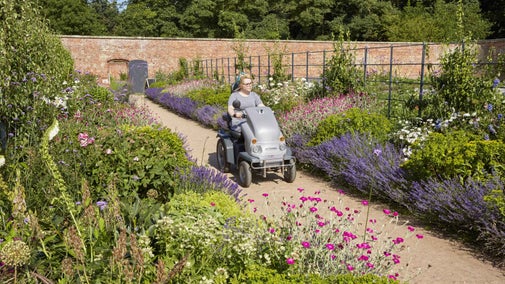
Georgian Mansion built to impress and commissioned in 1782 for Noel Hill, 1st Lord Berwick. Picture gallery was designed by John Nash. Also includes hidden home and wallpaper conservation studio tours.
Walled kitchen garden and orchard from around 1780s. Includes a bothy and glasshouses growing fruit, vegetables and flowers. National Collection of camassia flowers in May.
Shrub and tree landscaped area designed by Thomas Leggett between 1770-72. Includes Mile Walk, restoration of original planting plan is ongoing.
The Field of Play is a playful landscape that gives children a big natural space with freedom to run or play, to enjoy a sense of discovery, adventure and exploration.
Includes woodland, walk routes, deer park and a variety of wildlife, River Tern runs through the estate. Designated SSSI for saproxylic insects.
Established in the early 1800s by 2nd Lord Bewick. Home to the Attingham fallow deer, which are descendants of the original deer herd.
There's plenty of places to eat and drink at Attingham with a wide range on offer from main meals, snacks, sweet treats, pizza and ice cream.
Stables Shop with wide range of gifts, homeware, local products and seasonal plant sales. Extensive second-hand bookshop.
Join us for a rare glimpse into Attingham’s Hidden Home, where the mansion’s private past unfolds through the lives of its last residents.

Uncover a changing story of love and neglect, of changing fortunes, revival and rediscovery inside the Regency Mansion at Attingham.

Enjoy a walk around Attingham’s restored Walled Garden and discover the seasonal top things to spot in the kitchen garden, orchard and pleasure grounds.

Discover nature and wildlife thriving on Attingham’s historic estate. From ancient trees and wildflowers to cattle and deer, there’s plenty to look out for.

Spend time together in nature and history at Attingham Park. There’s space for kids to run free, spots to picnic and trails to explore. Here’s everything you need to plan a family day out.
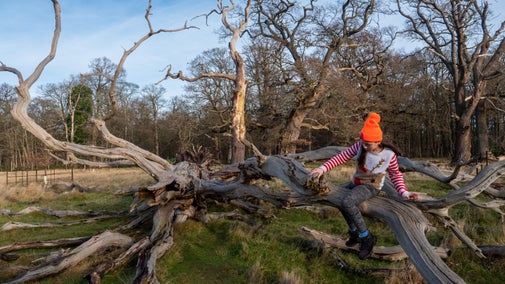
Join us for a rare glimpse into Attingham’s Hidden Home—where the mansion’s private past unfolds through the lives of its last residents.

To celebrate the launch of the National Trust’s new book 100 Things to Wear, Attingham Park is showcasing two rare garments from its collection that are featured in the book.
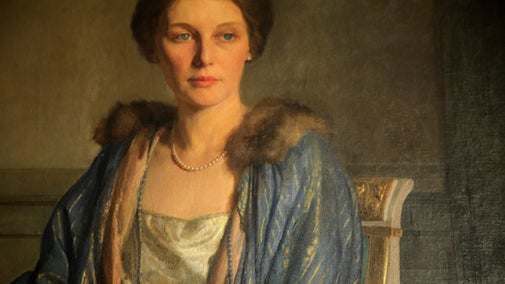
This Christmas, step into a world of festive wonder as Attingham Park brings you A Very Attingham Christmas!

This October half term, step into the Attingham School of Magic trail and test your skills through six spellbinding lessons in the Walled Garden.
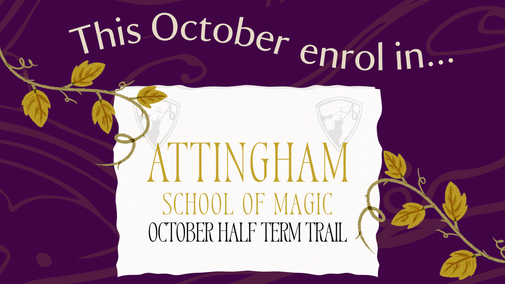
Now in its seventeenth year, this race is a joint venture between Shrewsbury Athletic Club and the National Trust. The multi-terrain course is approximately 5 miles.
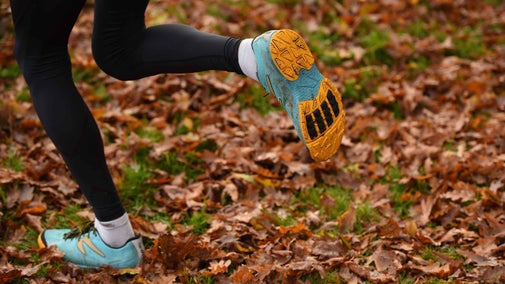
Coming to Attingham for the first time or looking for a new way to explore the estate? Try joining one of our friendly volunteer-led walking groups

Plants, treats or gifts to take home; find out about all the places to shop at Attingham.
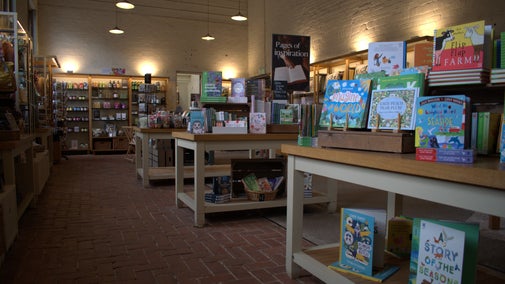
There’s plenty of places to eat and drink at Attingham with a wide range on offer from main meals, snacks, sweet treats, pizza and ice cream.

See the trees in their glorious autumn colours on this circular walk though the Deer Park and woodland, taking in views over the open Shropshire landscape to the river.

Walk in the footsteps of the leading 18th-century landscape designer Humphry Repton on this circular trail, which explores the Mansion House, River Tern and Deer Park at Attingham Park.

Watch out for a wide range of wildlife, including fallow deer, ducks, swans and otters on this circular walk in the beautiful parkland of this great estate.

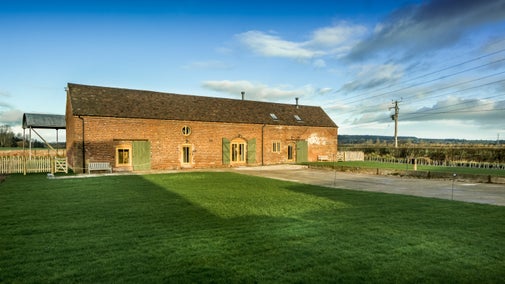
A converted brick and timber barn on the Attingham Park Estate

A retreat in town for two, in the last remaining watchtower on Shrewsbury’s medieval walls.

A welcoming retreat in a cluster of barns on the Attingham Park Estate.
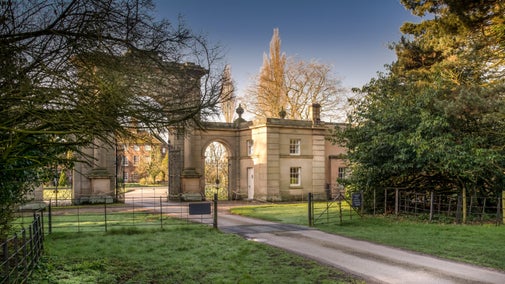
A neo-classical lodge at the grand entrance to Attingham Park
This October half-term, enrol in Attingham School of Magic.
To celebrate the launch of the National Trust’s new book 100 Things to Wear, Attingham Park is showcasing two rare garments from its collection that are featured in the book.
A sociable Nordic Walk using Nordic Walking poles whilst enjoying the beautiful grounds and parkland at Attingham. Cathy also offers Power of Poles for a whole body workout.
A sociable, fitness walk using Nordic Walking poles whilst enjoying the beautiful grounds and parkland at Attingham.
Join our Walk Leaders for a walk through the Deer Park as the seasons change. This activity is free but please book a space so we know how many walkers to expect.This walk is approximately 3 miles (5km) long and is at a relaxed space.
Now in its seventeenth year, this race is a joint venture between Shrewsbury Athletic Club and the National Trust. The multi-terrain course is approximately 5 miles.
This Christmas, Attingham’s own Walled Garden cats, Scrap and Fig, need your help.
At Attingham, the Mansion gets decorated for the festive period and to make sure everyone gets to experience the magic, there are quiet opening times, designed for any visitors on the Autism Spectrum or who have sensory sensitivity special needs.
Attingham inspires a sense of beauty, space and awe. The imposing entrance, glimpses of the vast mansion against silhouettes of cedars and expansive parkland, epitomise classical design and Italian influence. Its completeness of survival exemplifies the rise and decline, love and neglect of great country-house estates. Discovering the Berwicks' estate with acres of parkland, miles of walks, the huge organic walled garden, large playfield and welcoming mansion is a full day out. There’s so much to see and do at Attingham, whether you’re a family looking for activities, both inside and out, or simply in search of a traditional visit to a historic house and parkland. Full of life and locally loved, there’s something for everyone all year round.
Discover the ground-breaking conservation work breathing new life into the historic house at Attingham Park.

Discover how Attingham's outdoor teams maintain and conserve the 1,500 hectares of estate and parkland for visitors.
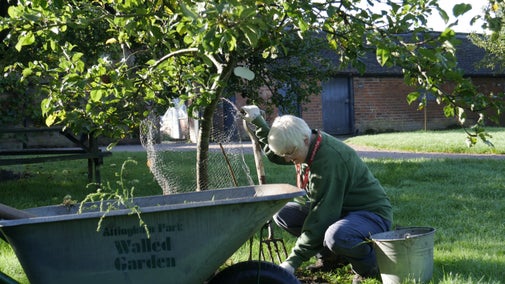
We have identified an area of the Estate that we plan to open up to provide more access to the outdoors for walking, cycling, running, and other activities. The proposed new outdoor activity area will be in a separate part of the Estate from the current area accessed by visitors.
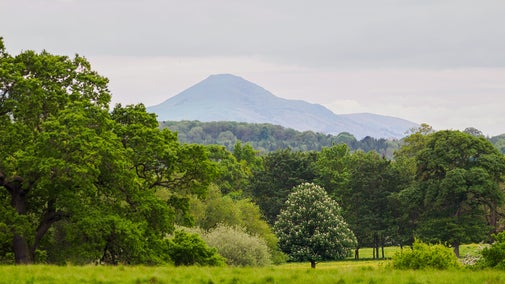
Discover more about our plans for nature recovery on the Attingham Estate; our partners, projects, planting and ways we're helping nature.
Attingham’s Deer Park was created in 1798 as part of Thomas, 2nd Lord Berwick’s grand improvements to the Mansion and grounds. The deer have held a special place in Attingham's heart ever since. Following on from Thomas, the deer herd are now carefully managed by the National Trust.

Work is beginning to make Attingham's glasshouses a safer, more accessible space for all. This work will both improve the appearance of the Walled Garden and provide a practical workspace for our gardeners to grow lots of fresh produce.

From ancient landscapes to mansion restoration, discover the rich history of the Attingham Estate.

Nestled in the heart of rural Shropshire, the Attingham Estate is not only a place of natural beauty and historic grandeur, but it is also situated within a rich archaeological landscape that tells the story of thousands of years of human activity.

Explore the magnificent collection at Attingham and its wide range of historic items, conjuring up the impression of a great house of the past, like ghosts inhabiting the mansion’s grand interiors.

Join the volunteers doing vital work at Attingham Park to maintain the mansion, parkland and gardens.


Join today and help protect nature, beauty and history – for everyone, for ever. Enjoy access to more than 500 places with National Trust membership.
By sharing your email address you’re agreeing to receive marketing emails from the National Trust and confirm you’re 18 years old or over. Please see our for more information on how we look after your personal data.